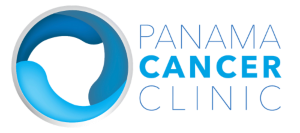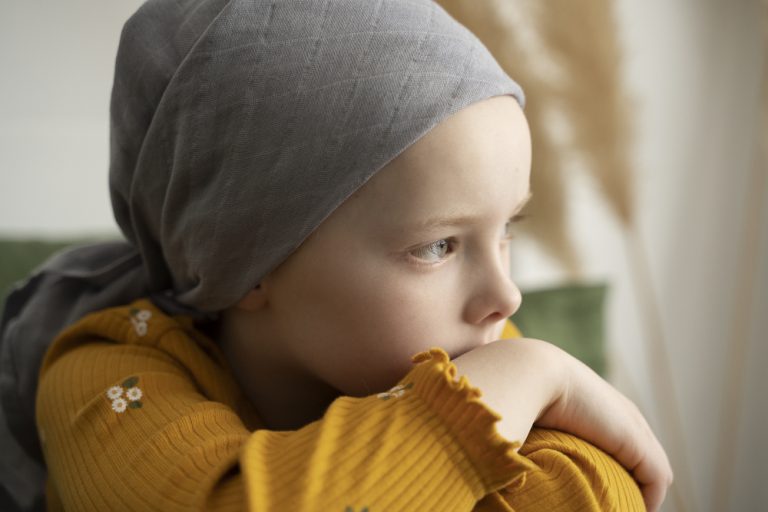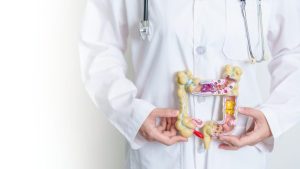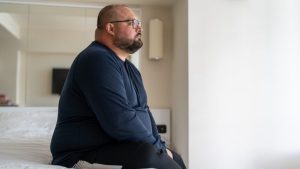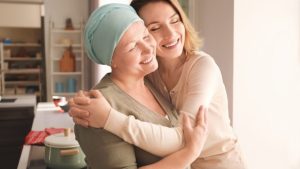Approximately 280,000 children between the ages of 0 and 19 are diagnosed with cancer each year, which leads us to conclude that cancer is a disease that does not distinguish between ages. In Latin America and the Caribbean alone, it is estimated that at least 29,000 children and adolescents under the age of 19 will be affected by cancer annually. Of these, nearly 10,000 will die from the disease (according to WHO figures).
Childhood cancer is one of the leading causes of death in children and can be devastating for both the child and his or her family.
Childhood cancer can affect any part of the body, but the most common types include leukemia, brain tumors, lymphoma and sarcomas.
Leukemia
Leukemia is a type of cancer that originates in blood cells, and is the most common type of childhood cancer. In general, leukemia is divided into two main categories: acute lymphoblastic leukemia (ALL) and acute myeloid leukemia (AML). The former is the most common type of childhood leukemia and is characterized by the abnormal production of immature lymphoid cells in the bone marrow. Acute myeloid leukemia, on the other hand, is characterized by the abnormal production of immature myeloid cells in the bone marrow.
Brain tumors
Brain tumors in children are one of the most common forms of childhood cancer and can be both benign and malignant. Brain tumors originate in the brain or spinal cord and can affect the central nervous system. They are divided into two main categories: primary brain tumors, which originate in the brain or spinal cord, and secondary brain tumors, which spread from other parts of the body.
Lymphomas
Lymphoma is a type of cancer that originates in the lymphatic system and is one of the most common forms of childhood cancer. The lymphatic system is made up of a network of vessels, lymph nodes and organs that help protect the body against infection and disease.
There are two main types of lymphomas: Hodgkin's lymphoma and non-Hodgkin's lymphoma. Hodgkin's lymphoma is less common in children, but generally has a high survival rate, while non-Hodgkin's lymphoma can be more aggressive and have a lower survival rate.
Sarcomas
Sarcomas are a rare type of cancer that can affect children. These cancers originate in muscle, bone, fat and cartilage, and are classified into two main types: soft tissue sarcomas and bone sarcomas. Soft tissue sarcomas are more common in young children, while bone sarcomas are more common in adolescents and young adults.
What are the symptoms of childhood cancer?
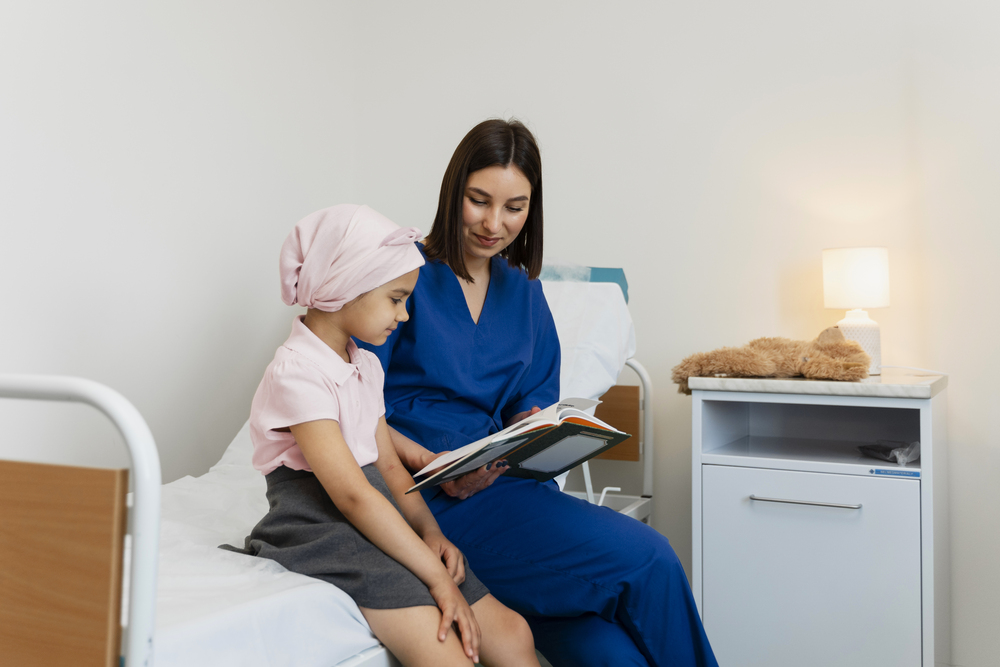
Symptoms of childhood cancer can vary depending on the type of cancer and the location of the tumor. Some common symptoms include:
- Fever
- Fatigue
- Headache
- Weight loss and loss of appetite
- Swelling of the lymph nodes
- Bone and/or stomach pain
- Breathing problems
- Night sweats
- Bruises
- Vomiting
- Seizures
- Changes in vision
- Changes in balance and coordination (in the case of brain tumors)
- Among others
You should be aware that these symptoms may be caused by other conditions and are not necessarily indicative of childhood cancer. However, if a child has these symptoms, a complete medical evaluation is necessary to rule out any serious conditions.
How is childhood cancer diagnosed?
Diagnosing childhood cancer can be difficult, as symptoms can be vague and non-specific. Specialists usually perform a number of tests to determine if a child has cancer, including blood tests, CT scans, MRI scans and biopsies. It is important that the diagnosis is accurate, as early diagnosis can significantly improve the chances of successful treatment.
How is childhood cancer treated?
Treatment of childhood cancer depends on the type of cancer and the location of the tumor. Common treatments include:
- Chemotherapy
- Radiotherapy
- Surgery
- Stem cell transplants
Treatments can be aggressive and can have significant side effects, which can be especially difficult for children and their families. At Panama Cancer Clinic we have a multidisciplinary medical team, trained to provide the child and his or her family with all the support during the diagnosis and treatment process. It is important that patients receiving treatment for childhood cancer have access to a medical team that specializes in the treatment of children with cancer and that they receive adequate emotional and psychological support.
